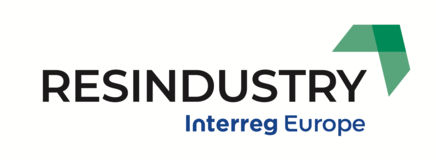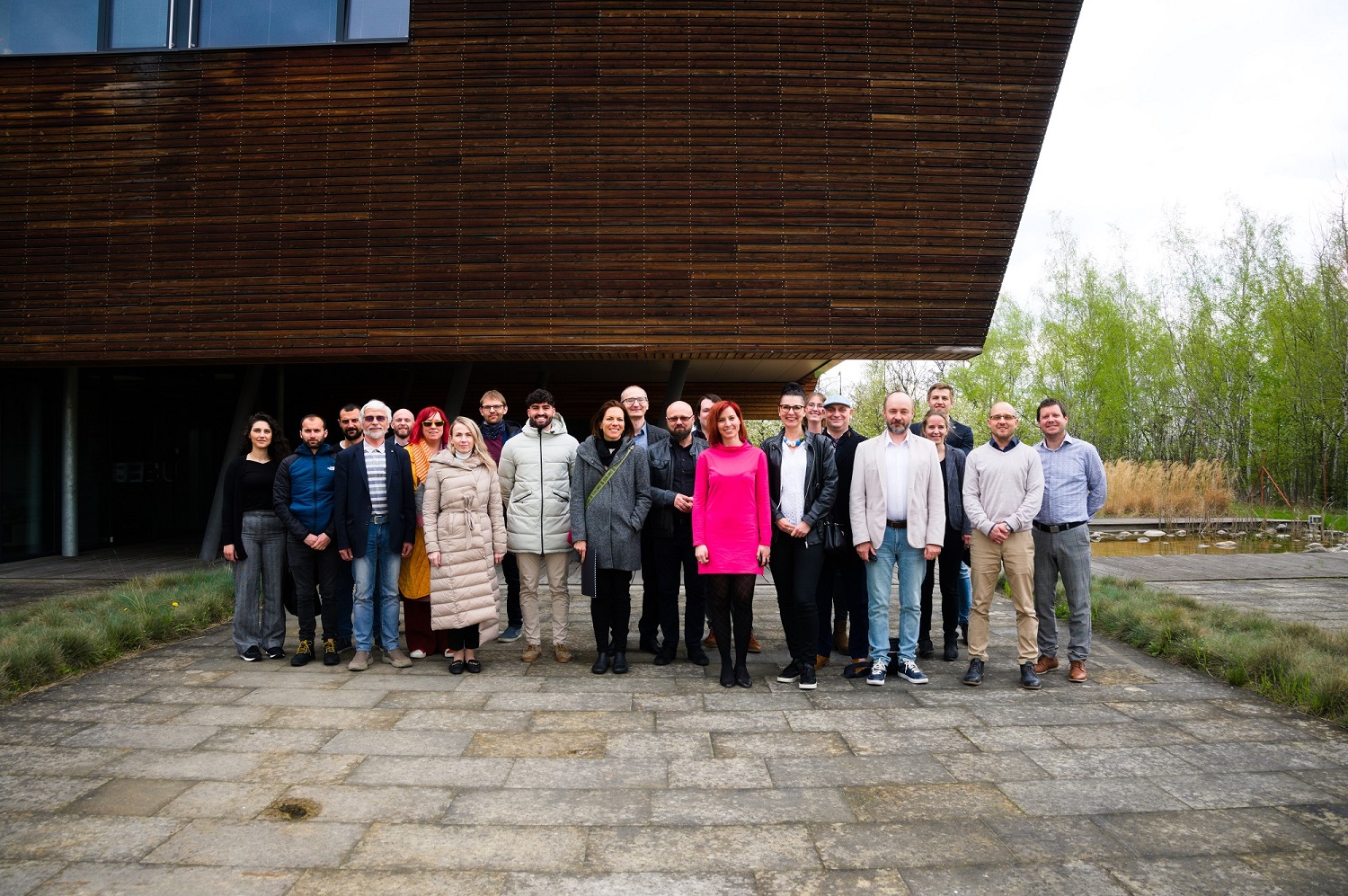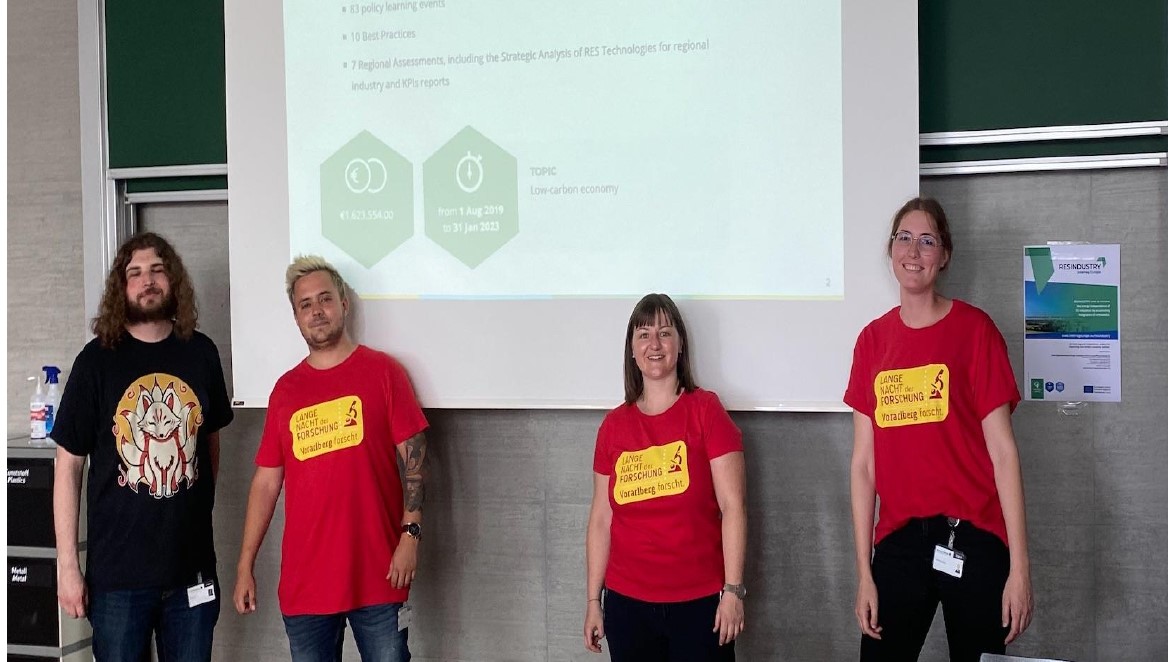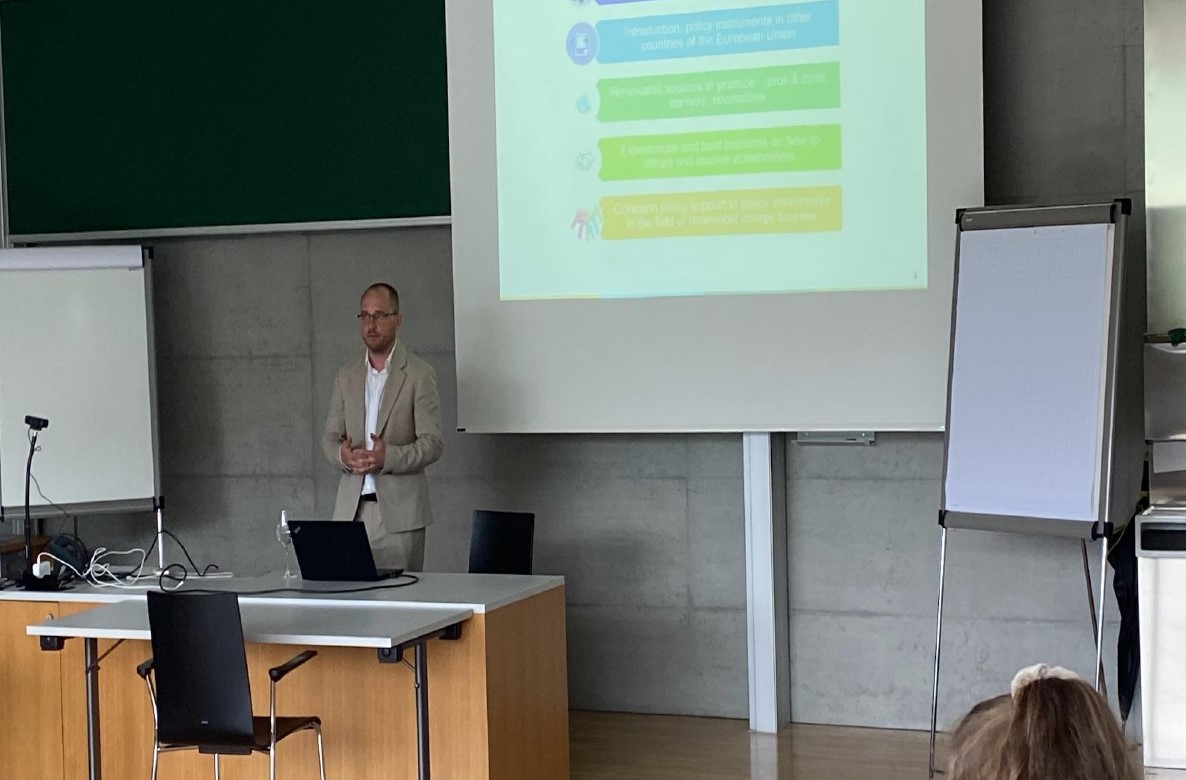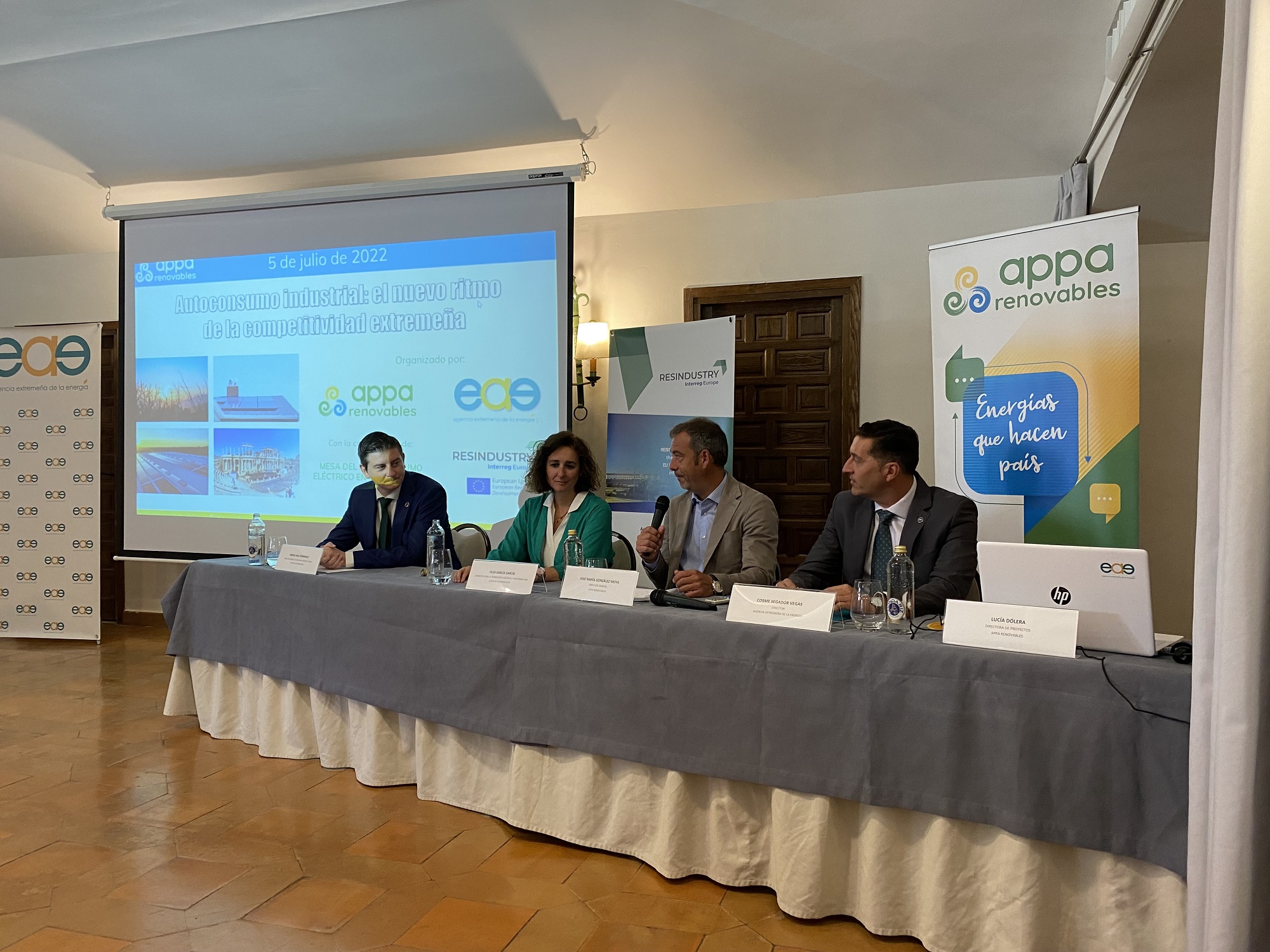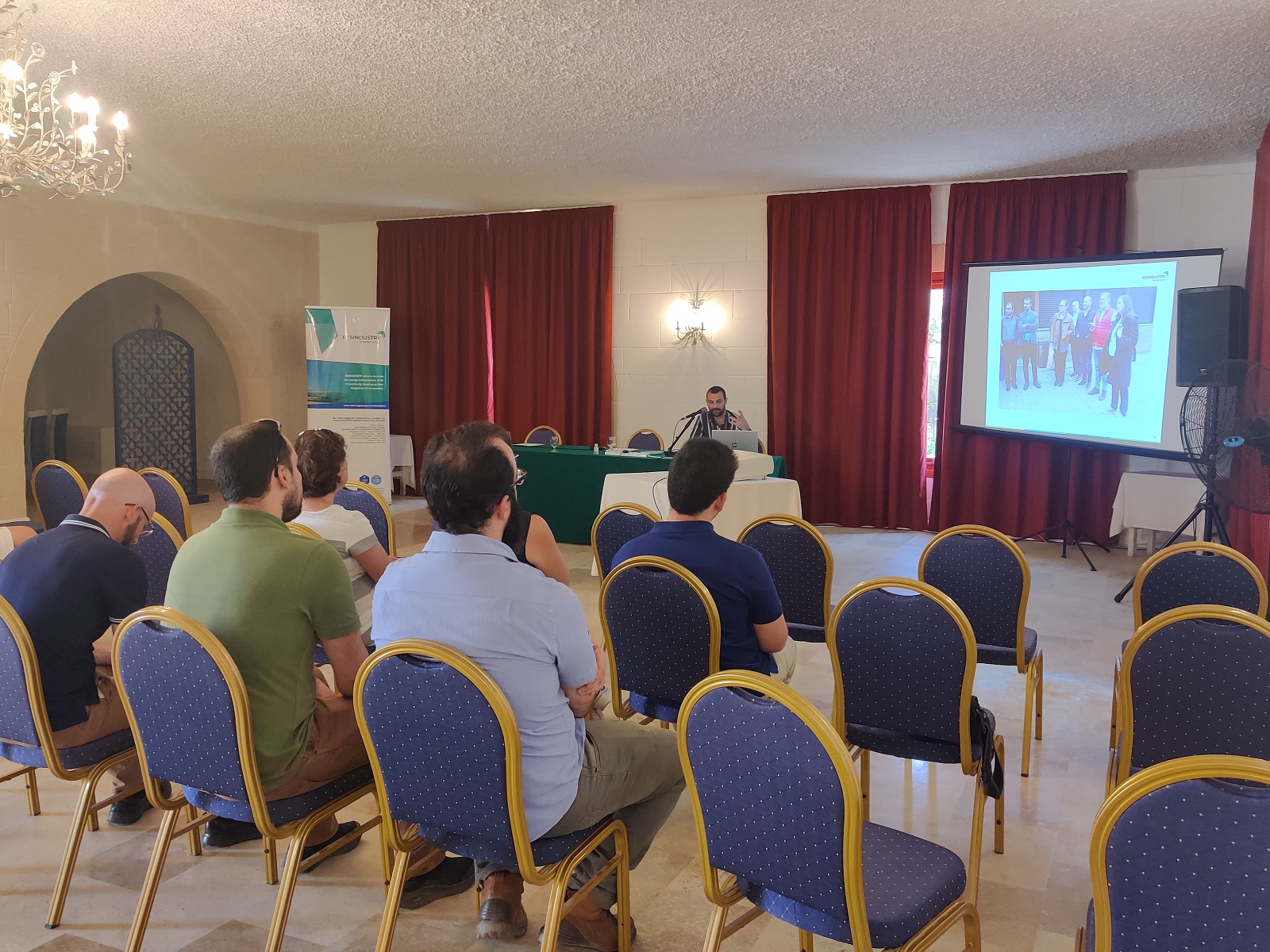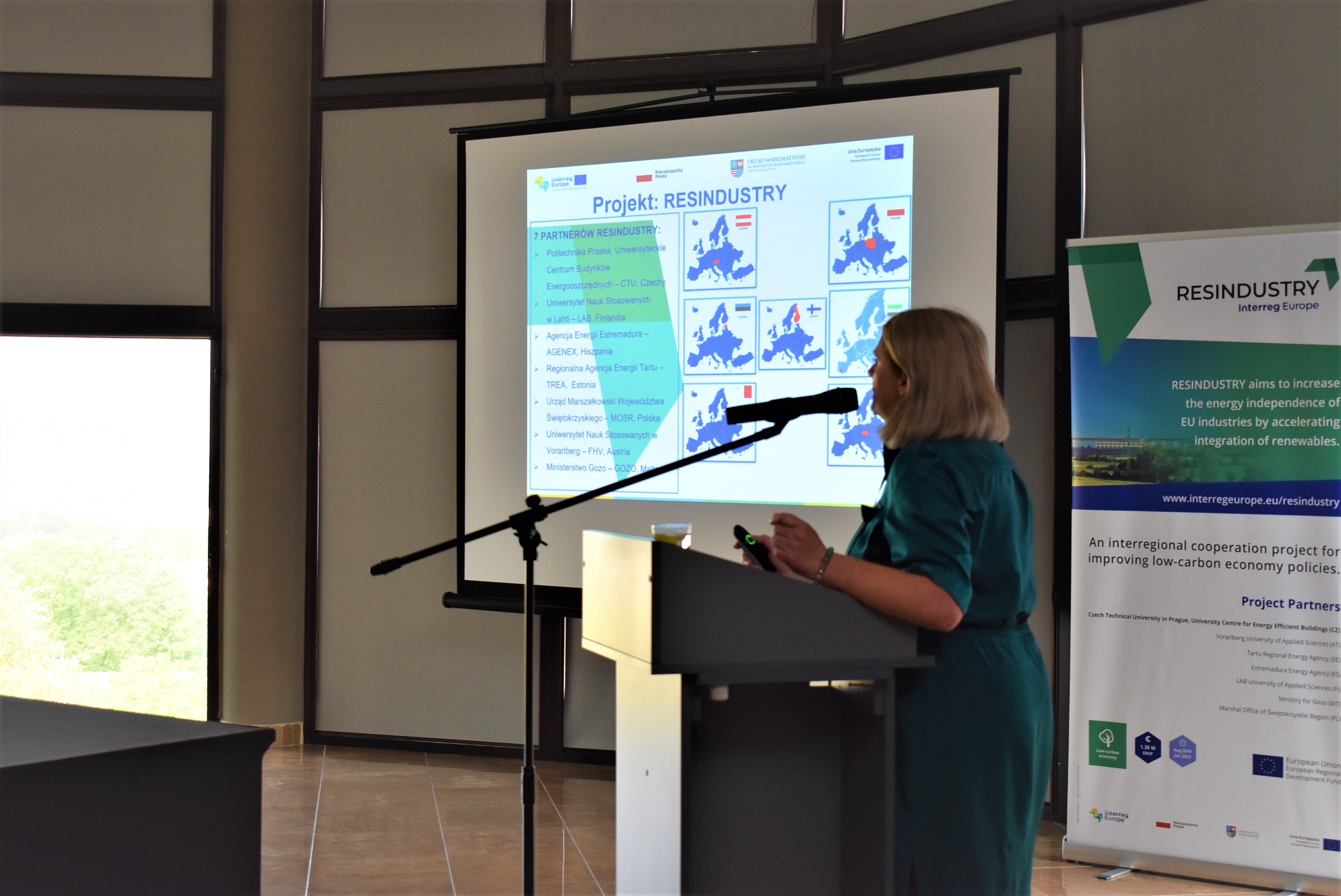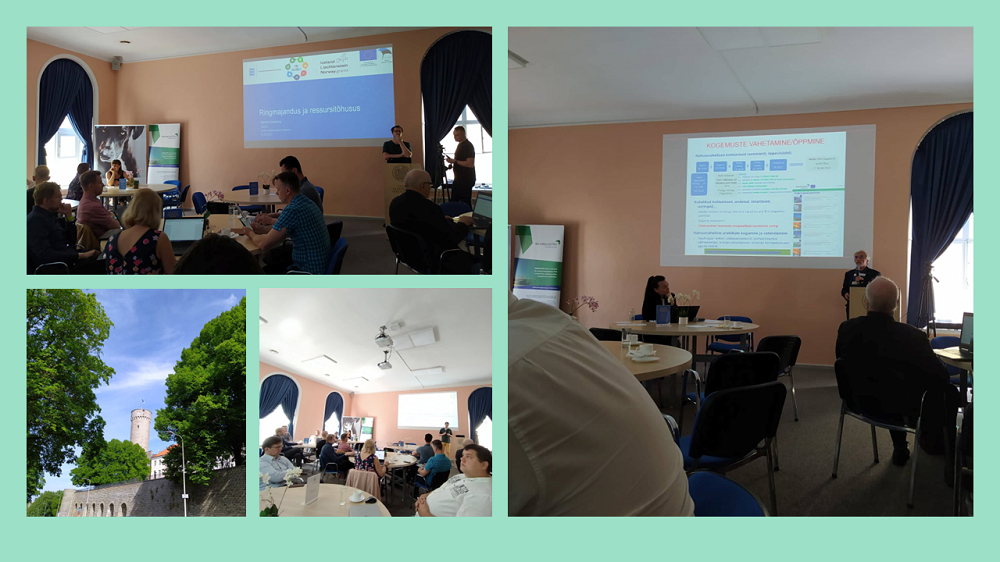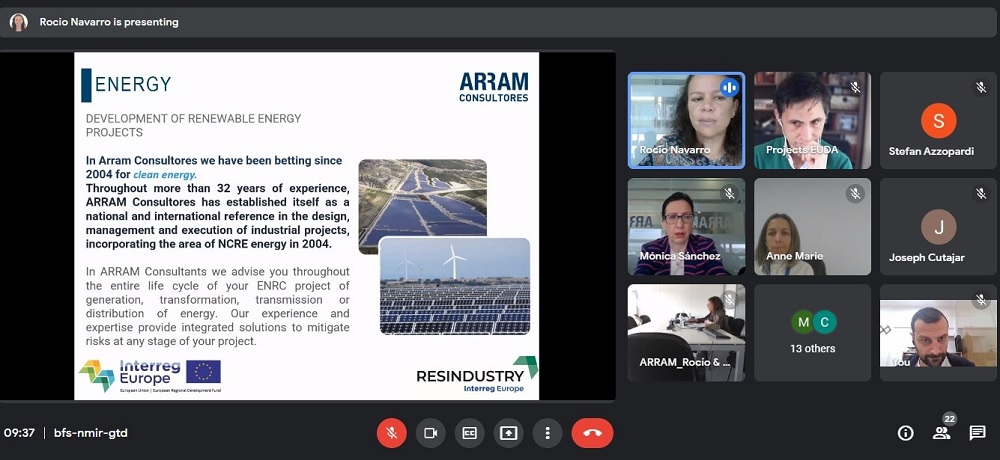On December 19, 2019, the Estonian Government approved the National Energy and Climate Plan (NECP) for 2030 and submitted it to the European Commission for evaluation. According to the Commission's preliminary assessment, the share of renewable energy in the Estonian plan is among the best in the countries.
Goal is to reduce CHG emissions in Estonian by 80% by 2050, including 70% by 2030. Reduction of GHG emission in sectors covered by the Effort Sharing Regulation (transport, small-scale energy production, agriculture, waste management, forestry, industrial processes) by 13% of 2005 levels by 2030. Final energy consumption must not increase until 2030 and 42% final energy consumption need to be covered with renewables. Primary energy consumption need to be reduced by up to 14%. Goal is to uselocal fuels to the greatest extent possible to ensure the security of supply by maintaining the lowest possible rate of dependence from the imported energy.
Broader objective of NECP 2030 is to provide Estonian people, enterprises and other Member States with as accurate information as possible regarding the measures Estonia intends to deploy to achieve the energy and climate targets agreed in the European Union. This information is necessary for the public and enterprises to plan and prepare investments required for attaining the objectives.
“Estonia has already supported the European Union's goal of becoming climate-neutral by 2050. Our plan for reducing greenhouse gases by 2030 is already ambitious and requires efforts from different parties to make it a success” said Prime Minister Jüri Ratas. "We are facing a green revolution in our economy, affecting all areas."
Sources: Summary of the Estonian national energy and climate plan 2030, Ministry of Economic Affairs and Communications and Valitsus kinnitas riikliku energia- ja kliimakava, Government of the Republic of Estonia.
